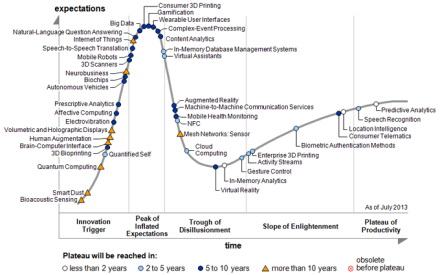This is the primary question shaping much of the public debate and discourse around the development of autonomous systems technologies, robots being the most visible and eye catching example – occasionally quite scary when you see them being used, e.g., as carriers of weapons and bombs. As a roboticist who is often deeply ensconced in the technical side of developing capabilities, I find most public articles in the popular media to be ill-informed and hyperbolic. So, I was pleasantly surprised to read this McKinsey report. This is not quite popular media, but in the past I have found even some of these consulting company reports to be formulaic. The key point being made by the authors is that just because something can be automated does not mean it should, or that it will. In reality, a variety of different factors, including economic and social will shape the path of these technologies – something all of us should pragmatically consider.
This key point is summarised in the following excerpt:
Technical feasibility is a necessary precondition for automation, but not a complete predictor that an activity will be automated. A second factor to consider is the cost of developing and deploying both the hardware and the software for automation. The cost of labor and related supply-and-demand dynamics represent a third factor: if workers are in abundant supply and significantly less expensive than automation, this could be a decisive argument against it. A fourth factor to consider is the benefits beyond labor substitution, including higher levels of output, better quality, and fewer errors. These are often larger than those of reducing labor costs. Regulatory and social-acceptance issues, such as the degree to which machines are acceptable in any particular setting, must also be weighed. A robot may, in theory, be able to replace some of the functions of a nurse, for example. But for now, the prospect that this might actually happen in a highly visible way could prove unpalatable for many patients, who expect human contact. The potential for automation to take hold in a sector or occupation reflects a subtle interplay between these factors and the trade-offs among them.
